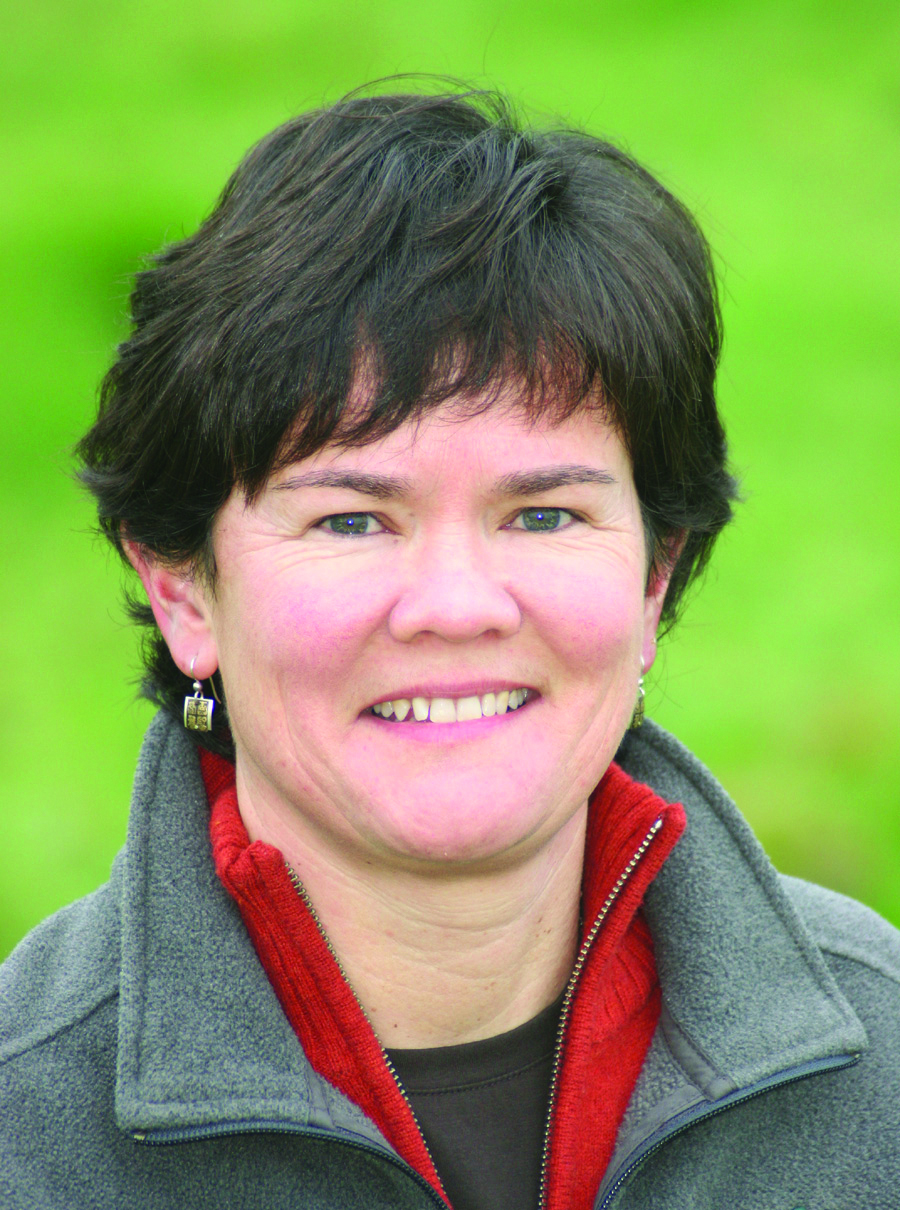Message from Andrea Mackenzie, General Manager
Sixty five years ago, Aldo Leopold, one of the nation’s pioneering conservationists wrote what would become one of America’s seminal conservation classics - A Sand County Almanac. In reflecting on man’s increasing impact on nature, Leopold wrote, “the last word in ignorance is the man who says of an animal or plant, what good is it? To keep every cog and wheel is the first precaution of intelligent tinkering.”
In the decades that have followed, an unprecedented loss of biodiversity has occurred, principally due to habitat destruction. Despite passage of federal and state endangered species laws and the setting aside of parks and open space preserves, we are witnessing an irreversible loss of our natural heritage and information that could be key to unknown medical and scientific breakthroughs.
In this 20th anniversary year, the Open Space Authority is crafting an ambitious Conservation Vision to direct our land protection and stewardship efforts. Our approach to protecting our wildlands, natural areas and biodiversity is multifold. We work with our partners to protect, restore and manage an interconnected system of natural areas with critical linkages to allow species to move through an increasingly fragmented landscape. We maintain the health of natural areas to help both human and natural communities respond and adapt to a changing climate.
The beauty and diversity of our open space, natural areas, parks, and wildlife inspire us. Protecting these places for our own enjoyment and well-being is a high priority for our citizens. Increasingly, there are even more compelling reasons to protect and sustain our natural lands. Nature’s complex support systems sustain all living beings, great and small, and provide essential services of clean air, clean water, flood protection, local food, and resilience to a changing climate.
Mark Tercek, President and CEO of The Nature Conservancy and a former investment banker, recently published Nature’s Fortune: Why Saving the Environment is the Smartest Investment We Can Make. Tercek writes that saving special place by special place as the sole conservation strategy will not be enough anymore. We need to look at land stewardship and resource health across jurisdictions and public and private lands. Our land use policies and economic investments must increasingly support the health of natural systems upon which our own well-being and the strength of our economy depend. “The breakthrough insight, Tercek writes, "is when companies recognize that the services they rely on from nature but heretofore took for granted and got for free, such as clean water and flood protection, will be neither guaranteed nor free in the coming years.”
Here in the Silicon Valley, a center for innovation and the fastest growing region in the state, the Open Space Authority is committed to partnering with public and private agencies and organizations alike to ensure the health, safety and stewardship of our water resources, wildlife habitats, farmland and open spaces. It’s our obligation and the legacy we leave to the next generation.

